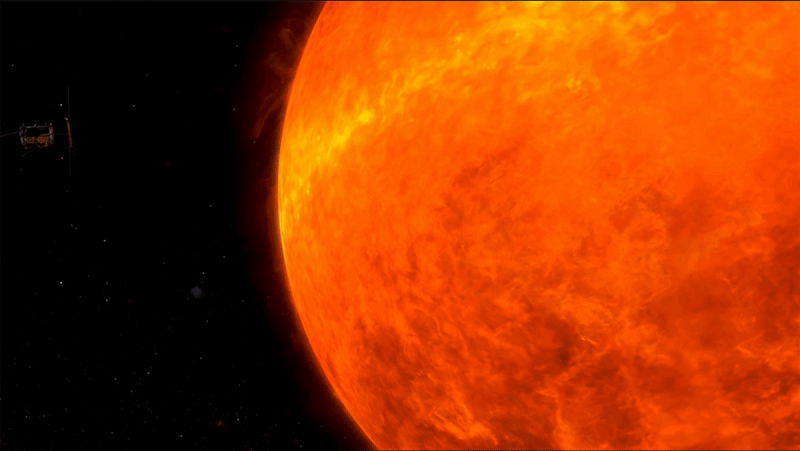See it: Closest image of Sun yet taken by NASA's Parker Solar Probe
3 minute readPublished: Tuesday, July 15, 2025 at 5:23 pm

NASA Releases Stunning New Images of the Sun's Corona
Washington, D.C. - NASA has unveiled breathtaking new images captured by the Parker Solar Probe, offering unprecedented views of the Sun's corona and solar wind. The images, taken during the probe's record-breaking flyby last year, provide scientists with a closer look at the processes occurring within our star's atmosphere.
The Parker Solar Probe, which approached within 3.8 million miles of the Sun's surface, utilized the Wide-Field Imager for Solar Probe (WISPR) instrument to observe the corona and solar wind. The resulting images reveal the intricate details of the solar wind as it blasts out from the corona. The data also highlights the collisions of coronal mass ejections (CMEs), powerful bursts of plasma and magnetic field that can impact space weather.
Scientists believe this data is crucial for understanding space weather phenomena, particularly the challenges in forecasting the trajectory of CMEs. These charged particles can alter their course during collisions, making it difficult to predict their impact on Earth.
The research aims to address a fundamental question: how is the solar wind generated, and how does it overcome the Sun's immense gravitational pull? Scientists hope that the Parker Solar Probe's close proximity to the Sun will provide valuable insights into the origins and evolution of the solar wind, especially the slow solar wind.
The Parker Solar Probe is named after Eugene Parker, the heliophysicist who first theorized the concept of solar wind in 1958. Parker was present at the spacecraft's launch in 2018.
BNN's Perspective: The Parker Solar Probe's mission represents a significant step forward in our understanding of the Sun and its impact on our planet. While the complexities of space weather remain a challenge, the data gathered by this mission holds the potential to improve our forecasting capabilities and protect critical infrastructure from the effects of solar events. Continued investment in space exploration and scientific research is essential for advancing our knowledge of the universe and safeguarding our technological advancements.
Keywords: NASA, Parker Solar Probe, Sun, corona, solar wind, WISPR, coronal mass ejections, CMEs, space weather, Eugene Parker, Johns Hopkins Applied Physics Laboratory, images